Typically, when you ask ‘What’s the most dangerous animal in Africa?’, images of a lion’s mane or the shadow of a human poacher might flash in your mind. However, there’s an even more lethal killer lurking in the grasslands, forests, and villages. Is it the human, or is it the lion? No, it is the mosquito, a tiny critter!
Now, why is this small, flying insect feared above the iconic beasts that roam the savannah?
Well, it boils down to the mosquito’s role as a vector for disease transmission, silently affecting more lives than any lion pride or poacher’s bullet ever could.
In this article, you’re about to find out the surprising reality that frames the mosquito, not the large mammals, as Africa’s top threat to human life.
(well, besides climate change and demolishing our biodiversity that is, but let’s not take that road today LOL)
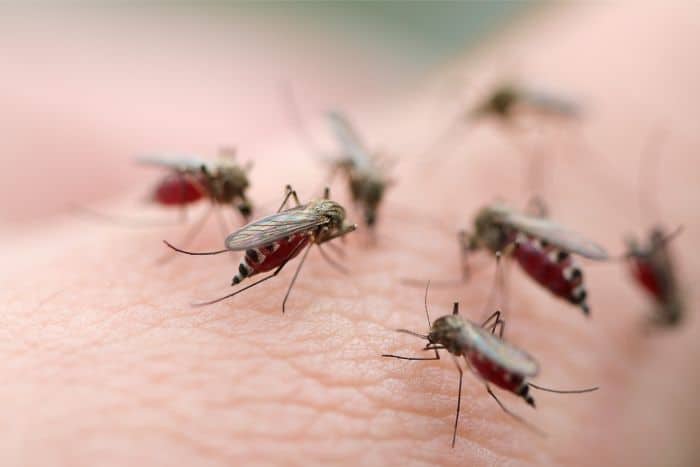
Top Ten Most Dangerous Animals in Africa: A Surprising Countdown
You might be picturing a sharp-toothed lion or a stealthy crocodile as Africa’s most fearful beast, but this list is going to turn that image upside down. We’re starting with the heavyweights and moving down to the unassuming champion of danger. Remember, this isn’t just about size or strength; it’s about the real risk to humans.
( you could argue though that a human is a danger to itself, but anyway, again let’s not get down that route, Lizzy hahaha )
This list is totally based on my own findings and talking to rangers during my safari holidays, but others might have different views!
- Number 10 kicks off with the Cape Buffalo ( Syncerus Caffer )
Known as the widowmaker, and for good reason. Although they might look like a big cow to you, these bulky creatures, belonging to the big five, are incredibly protective and won’t hesitate to charge if threatened!
One time, when I was overlanding towards the Victoria Waterfalls, we set up our camp where a herd of buffalo passed through.
All of us survived and no harm was done, but I can assure you: don’t get a stupid safari guide lol.
The only thing that you can try to do, if you have the time, is run and climb a tree, if you can 🙂
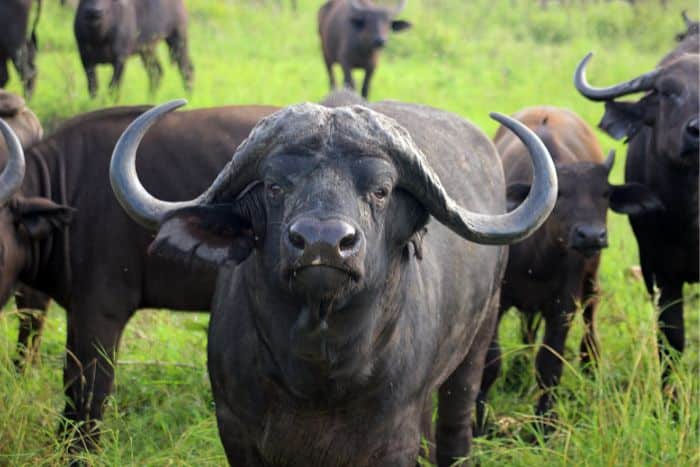
- At number 9, the Nile Crocodile makes its mark.
Don’t let the lazy basking fool you – these reptiles can move with deadly speed in water or on land. National Geographic numbers claim that about 200 deadly victims fall to prey from the Nile crocodile.
While I placed this dangerous animal above the Cape Buffalo, the number of victims per year is about the same, but they remain estimations, however.
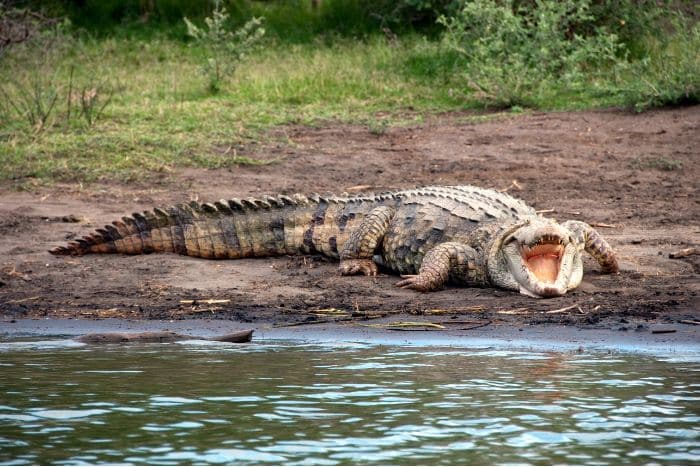
- The Rhinoceros, with its sharp horn and hefty build, charges in at number 8.
Encounters can turn fatal, particularly with the more aggressive black rhino species (200 people per year). But to be honest, humans are touching these magnificent animals more and more the other way around, with over 9000 victims in the last decade.
In my opinion, this is a lot sadder, but who am I?
It was awesome though, to see a lot of baby rhinos on our trip to South Africa and I have never noticed personal aggression from a rhino.

Rhinos at Isimangaliso Wetlands Park
- The lion, often dubbed ‘the king of the jungle’, roars in at number 7.
Although not the biggest killers, their sheer power commands respect. Here the deadly numbers go up to an estimated 250 people per year. Surprised?
The video below shows the most scary lion attacks on humans, only watch if your stomach can handle it!
- The sixth spot is taken by the African Elephant.
Majestic yet potent, they are responsible for more human deaths ( 500 in 2022 ) than you’d expect due to their protective nature and immense strength. Never underestimate an Elephant, they can get angry towards us humans, although the African elephant looks like a gentle giant and personally, I am fascinated by them 🙂
But they càn get aggressive, as we noticed at Pongola Game Reserve when we encountered a male bull in musk on our safari drive.
The picture below shows the elephant with the sweetest eyes, but right before that, he charged at our vehicle!

- Guess what comes in at number 5? The Hippopotamus.
Don’t be deceived by their seemingly calm demeanor; hippos are highly territorial and won’t shy away from an attack. The times we were told by rangers that citizens get killed during the night by hippos, when they come out of the water, just running through everything and everyone, are quite numerous.
Leaving a high number of 500 deceased people a year, the hippopotamus is an animal to stay at a distance from for sure!

- Moving on to number 4, meet the Puff Adder.
This snake’s potent venom and tendency to bask on paths make it one of the most dangerous in Africa. Not that I “hate” snakes, I think they are fascinating, but they do give me a bit of the creeps haha!
Now, the Puff Adder is starting to break death records in our list of most dangerous animals in Africa with a total of over 32000 victims per year, auwch!

Hold your breath for the top three.
- At number 3, we have the dangerous Black Mamba
It is hard to say if the Black Mamba causes more deaths than the Puff Adder above, because of unclear statistics, but it is clear that a bite from a Black Mamba is 100% lethal, contrary to the Puff Adder, if not treated in time.
Although anti-venom exists for both types of snakes, note that access to it can vary depending on factors such as geographic location, healthcare infrastructure, and availability of medical resources. In some regions where black mambas are endemic, access to antivenom may be limited.
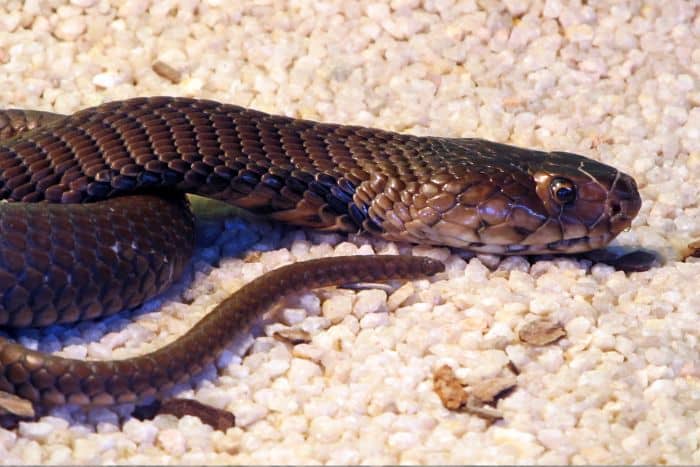
- Surprising many, the Tsetse Fly claims the second spot.
It’s tiny but mighty, as the spreader of sleeping sickness dramatically impacts human health.
The tsetse fly is a bloodsucking insect found in sub-Saharan Africa. It’s known for transmitting trypanosomes, which cause diseases like sleeping sickness in humans and nagana in animals. Sleeping sickness can be fatal if left untreated, causing neurological and systemic symptoms.
The exact number of deaths caused by sleeping sickness transmitted by tsetse flies varies annually. However, estimates suggest 50,000 to 500,000 per year, with mortality rates varying across different regions.
Doesn’t it look like it is coming straight from a horror movie?
And yes, bridging to our number 1, the most dangerous animal in Africa is indeed the Mosquito.
It defies our usual expectations for ‘dangerous’ and earns its title by the massive impact it has on human health through disease transmission. In the next section, we will explore why.
Understanding the Real Threat: Why the Mosquito Tops the List
Now, you’re going to find out about the real MVP of danger in Africa, and it’s not the lion, elephant, or even the human, but the unassuming mosquito. The tiny buzz of this insect carries a gigantic threat, primarily due to its role as a vector for disease.
Malaria alone, transmitted exclusively by the female Anopheles mosquito, is responsible for hundreds of thousands of deaths in Africa each year.
This isn’t just about malaria, it’s also about other deadly diseases like Dengue fever, Yellow fever, and West Nile virus, all of which are spread by mosquitoes.
The statistics paint a harrowing picture – the World Health Organization reports that in 2020, there were an estimated 241 million cases of malaria worldwide, with 95% occurring in the African region. And out of the estimated 627,000 malaria deaths globally, 96% were reported in Africa.
In my opinion, the reason why mosquitoes are such deadly creatures is their pervasive presence and the infectious nature of the diseases they carry. Unlike larger predators, mosquitoes don’t need to launch a ferocious attack; their danger comes silently, often unnoticed until it’s too late.
Don’t worry too much about feeling helpless against this threat, though. There’s a lot you can do to protect yourself and others. Using insecticide-treated mosquito nets, applying mosquito repellent, wearing long sleeves and pants, and implementing proper environmental control can significantly reduce the risk of mosquito bites. And of course, vaccination against Yellow Fever and (preventive) medicine for Malaria.

My Final Conclusion.
So, what’s the most dangerous animal in Africa? It’s the mosquito. And recognizing that fact is the first step in changing its deadly impact.
I hope that this answers all of your questions on the most dangerous animals in Africa, and if you have any more questions, please feel free to leave them down below in the comment section.
I wish you happy (and safe) travels!
Kind regards,
Lizzy
I now have a YouTube channel as well!
YouTube
Hello Africa travellers!
Who am I? Well, the least you can say is that I am quite crazy about Africa, its nature, its climate, its culture, and more.
As a young woman in my twenties, I had already traveled to several African countries by traveling along in an overlander on my own and mostly camping ( or glamping ) and just fell in love with the diversity of it all.
So much, so that at the age of 26, I went back to university to study biology, which, unfortunately, I couldn’t finish because of health reasons (yes, I got sick from a tropical disease, oh cynicism). But this did not stop my dream of traveling back to Africa several times, and I still do.
My dream was back then to leave Europe and go study animal behavior, especially the elephants (sure, that’s every girl’s dream haha), but I am also very much intrigued by hyenas and other “ugly African animals“.
So, I “kind of” have a little bit of a scientific approach to my articles, when I write about African birds, for example. And most of all: the passion.
But life goes on, you move from one side of the country to the other, you get sick again and top it off with lower back problems, and before you know it, you are over 50 hahaha!
Now, I still travel to Africa, but take it a bit “easier” than the good old camping days, and stay in comfortable, yet affordable accommodations, together with my husband Wouter.
These are some of the countries I have traveled to: Kenya, Tanzania, Zanzibar, Malawi, Zambia, Zimbabwe, South Africa, Namibia, Botswana, Tunisia, and a little bit of Lesotho LOL .
While clearly not being African territory, but Spanish, I also visited Gran Canaria and Tenerife, and location-wise, I consider them “African”, because of their climate and nature, sue me :-p
The last trip I took was to South Africa in the year 2023, and it sure got the fevers for Africa back! From the Barberton mountains to the Drakensberg and the Southcoast, one month wasn’t enough at all to see the whole country, so we’ll be back! At ease and with a little bit more luxury than in my younger days haha!
I wish you happy travels!
Kind regards
Lizzy










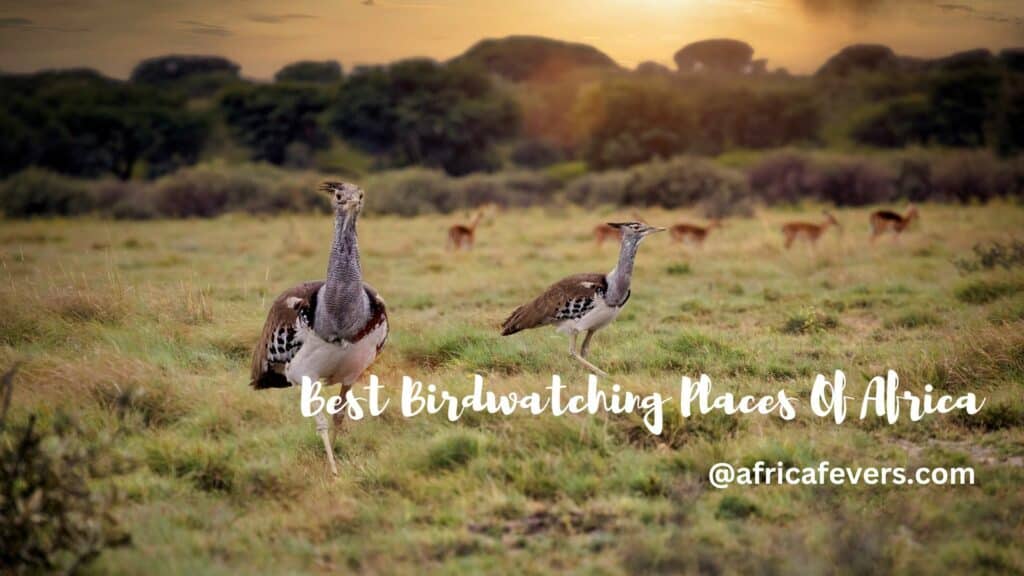
Wow, Just read your article about the most dangerous animal in Africa, and it was quite the revelation that mosquitoes hold this title, not the big predators as commonly thought. The discussion on their impact through disease transmission is both alarming and informative, highlighting an often overlooked danger. Really changes the way one perceives wildlife threats and the importance of disease control measures. Such an insightful read!
Hello Mercy,
It is quite surprising, I know right? Indeed, of the little critters, we all should be more careful about and take precautions! That doesn’t mean that we should step in front of lions and get out of our cars on a safari haha!
Thank you for your comment!
Lizzy
Hi Lizzy, this is a very fascinating article about Africa’s most dangerous species. While some of them do not surprise me at all, the others on this list are a big surprise. I never thought elephants were responsible for so many casualties each year. Having such tiny creatures at the top of the list is both amazing and scary. Luckily, we can do things to protect ourselves from the danger they pose. I haven’t been to Africa yet, but I will have this list on my mind when I go.
Which would be the most dangerous areas where some of these animals live? What is the best advice you can give to someone visiting these areas?
Dan
Hi Dan!
When you go to Africa, I’m sure that you will be warned by rangers about what to keep in mind when you go on a safari, because I would very much advise not going by yourself in a national park or game reserve.
There are parks though where you can drive on your own without guidance, like in Isimangaliso Wetlands park, but please don’t get out of your vehicle, unless it is in an enclosed picnic area or something. And even lock your car, as I have seen videos where a lion managed to open the door lol!
Also, if you go camping in the bush, do not leave your tent at night to go to the toilet, normally you should be safe inside your tent!
About the tiny bugs, please consider a visit to your local tropical disease hospital to get a consultation about the needed vaccines for yellow fever and such and any preventive medications or things to do to protect yourself from malaria.
As explained in the article, it is best to use insect repellent, wear long sleeves from dusk to dawn and use a mosquito net at night. Don’t let all that stop you though to enjoy Africa!
I wish you happy travels!
Lizzy